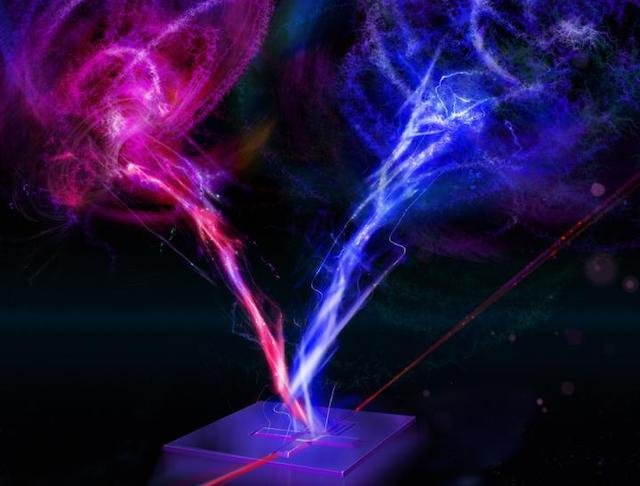
A new study from Aalto University has developed a new method that helps read quantum information faster.
Previously, scientists have found that quantum computers have a strange feature called superposition.
This means qubits can take both logical states 0 and 1 simultaneously, on top of any value in between.
Therefore, quantum computers could solve problems much faster than regular computers, which work with simply 0s and 1s.
However, qubits are very sensitive and currently hold quantum information for less than a millisecond at a time.
To extract useful information, people need to read information from qubits as fast and correctly as possible.
Currently, the method used to read information from a qubit was to apply a short microwave pulse to the superconducting circuit. The circuit contains the qubit.
Then people can measure the reflected microwave.
In the present study, the researchers have developed a new method. It uses an extra microwave pulse to the qubit itself, as well as to the circuit attached to the qubit.
By using two pulses, the team could make the reflected pulse reveal qubit states faster than when they only applied a single pulse.
The team was able to complete the readout in 300 nanoseconds in their first experiments.
Their finding helps scientists move closer to realizing the promise of useful quantum computing.
The study lead author is Joni Ikonen, a Ph.D. student at Aalto University. Dr. Möttönen co-supervised the work with Dr. Jan Goetz.
The research is published in Physical Review Letters.
Copyright © 2019 Knowridge Science Report. All rights reserved.
Further reading: Physical Review Letters.



